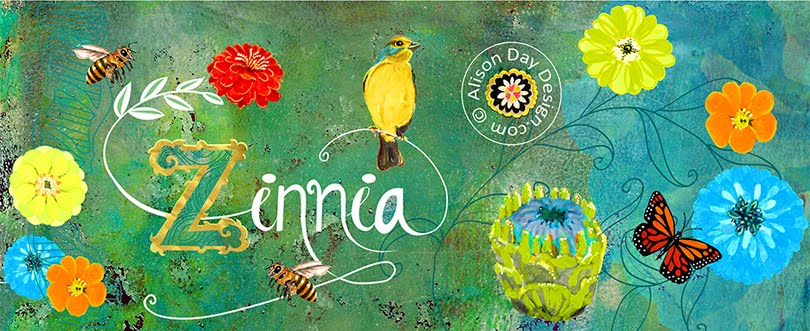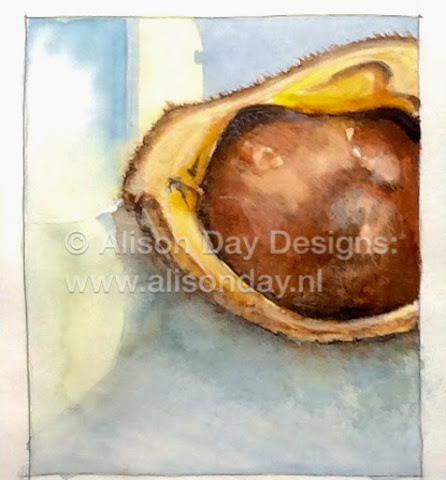The language
and the giving of flowers (known as florigraphy) can be said to have started as
far back as the 1700's by the Persians, as discovered by Charles II of Sweden,
who then introduced the practice to Europe. But it was the Victorians (during
the reign of Queen Victoria from 1837 to 1901), who developed this into a whole
new language and their practices are best known today, because much of it has
been well documented in books and journals of the time.
In their
very protocol dominated society, the Victorians often replaced words with
symbols and gestures, and flowers became an integral part of being able to
express one’s thoughts and feelings to loved ones. The species, colours, number
and grouping of the flowers were of great importance and as there weren’t as
many flower species as there are today, each flower had a specific meaning. A
particular favourite was the red rose, symbolizing passion and love, and
meaning “Be mine’, whereas primroses stated, “I can’t live without you,” purple
hyacinths, “Please forgive me,” and pink carnations, “I’ll never forget you.”
For roses
there is a particular coding, but this can also be applied to other flowers as
well. Red roses mean romantic love, purple signify that the giver had
fallen in love with the recipient at first sight, coral and orange means
desire, yellow is joy and friendship, pink roses express gratitude and appreciation,
light pink roses show feelings of admiration and sympathy, peach can either
signify either sympathy or gratitude and white roses show reverence and
humility.
The
messaging didn't shop there, how the flowers were worn or presented was also
highly charged with meaning. If the flowers were presented upright it was
positive, upside down and you were less fortunate. Also, how a ribbon was tied
around the flowers was of importance; it referred to the giver if tied to the
left and the recipient if tied to the right. A question could be answered
depending on which hand the bearer had presented the flowers with. If it was
the right hand the answer was "yes" and the left hand "no".
Should you have the misfortune to receive a bunch of dead flowers then not only
did you now have nothing for your vase, your love had been totally rejected.
In order to
attract positive chi in Feng Shui, flowers and their placement within the home
play an important part. Dried flowers should be avoided at all costs as they do
not ensure a good energy flow. Sunflowers bring stability and endurance,
cyclamen bring passion and romance, the spider plant encouraged calmness,
whereas African violets attract fame, or recognition. For calm regions of the
house such as bedrooms, pinks are best for harmony, for busy areas,
balance-inducing lilies and orchids are suggested.
These days,
giving a bunch of flowers is more about the sentiment behind the gift than its
actual meaning. We seem to have all but lost (with a couple of exceptions) the Victorians’
language of flowers. So go on, next time you give a bouquet, really say it with
flowers.
© Alison Day
First published in the Connections magazine #19 Spring 2008












